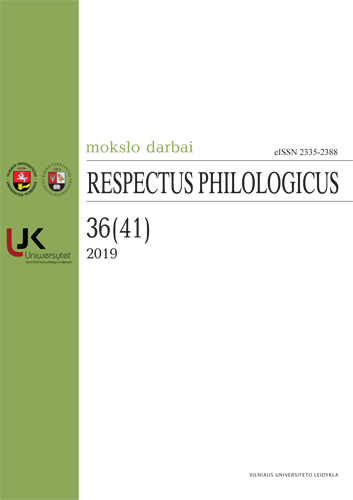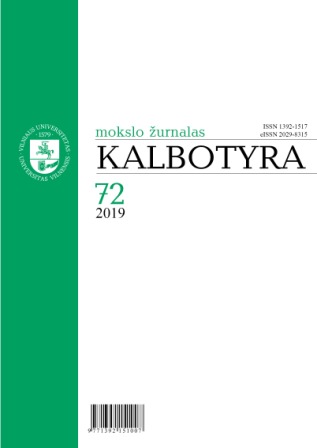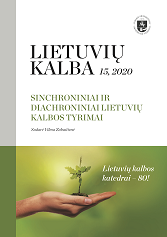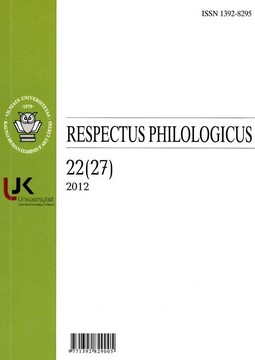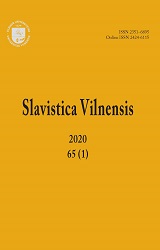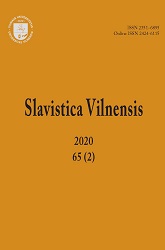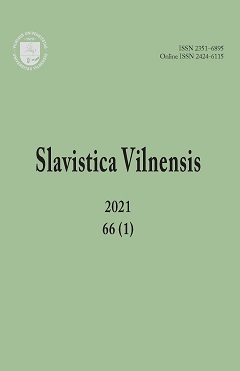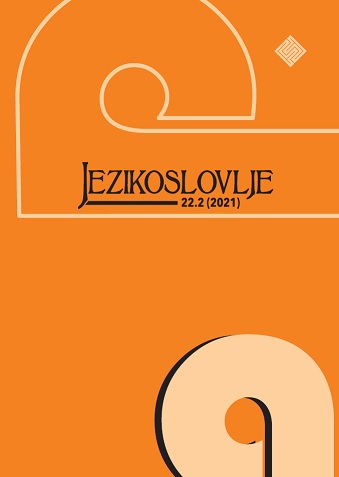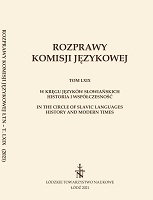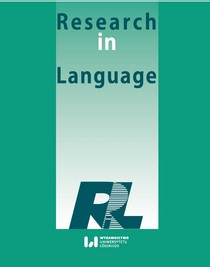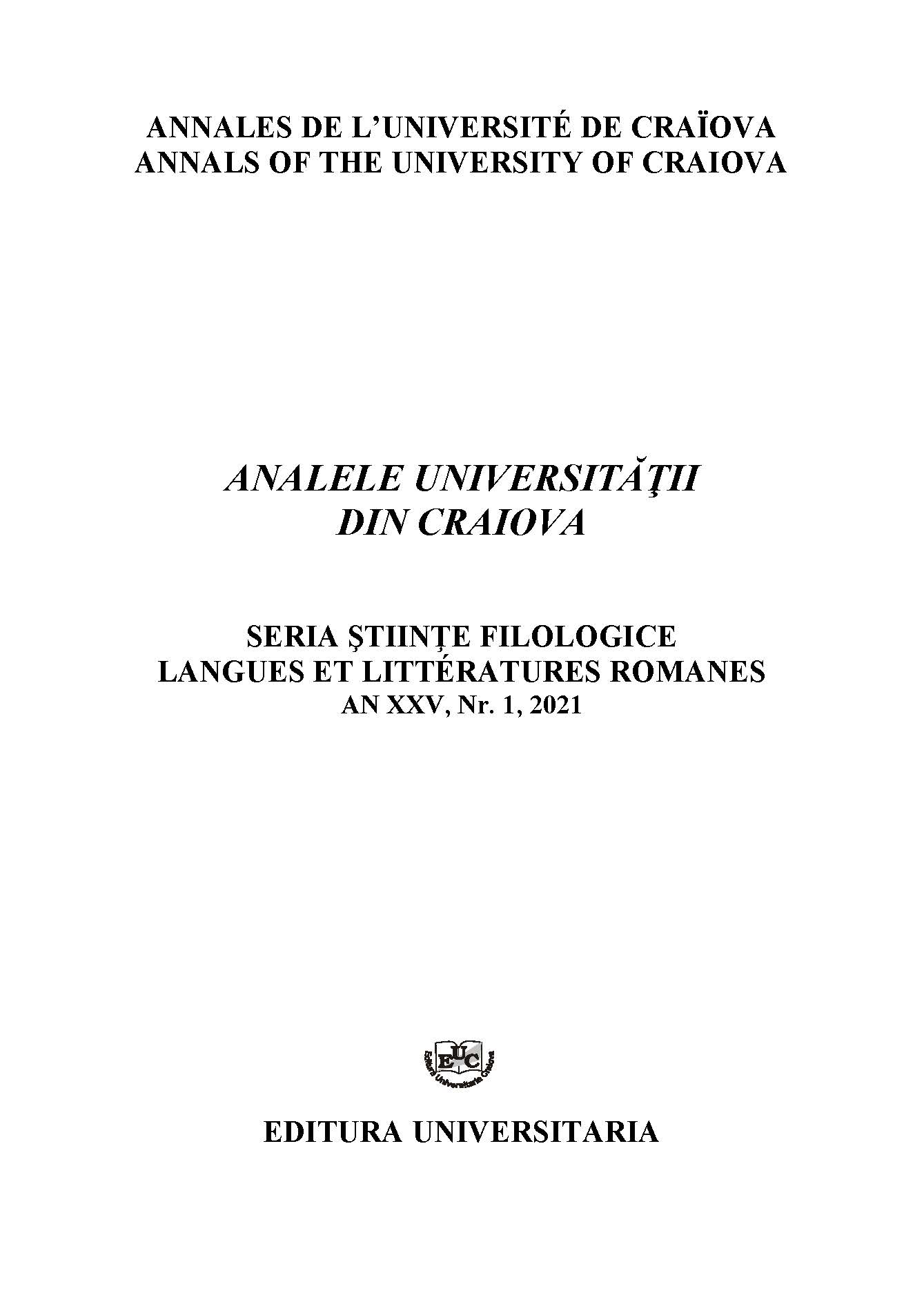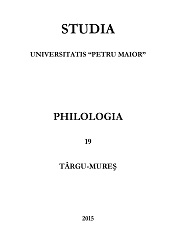КОЛИЧЕСТВЕННАЯ РЕДУКЦИЯ ГЛАСНЫХ НА МЕСТЕ ГРАФИЧЕСКИХ «А» И «О» ПОСЛЕ ТВЕРДЫХ СОГЛАСНЫХ В РУССКОЙ РЕЧИ В ЛИТВЕ
This article analyses the absolute duration (ms) of stressed Russian vowels /a/, /o/ (graphs: “a”, “o”) and their allophones in unstressed positions after the hard consonants in the pronunciation of native and non-native Russian speakers in Lithuania. The results of the conducted spectral analysis reveal the specificities of quantitative reduction in the speech of the Russian speakers in Lithuania and the Lithuanian speakers that are learning the Russian language. These specificities are influenced by the two phonetic systems interaction. The speakers of both languages by the realisation of “a” and “o” violates the relation of unstressed vowel duration that is peculiar to the contemporary Russian language: the post-stressed vowels in closed syllables are shorter than the pre-stressed vowels; the first pre-stressed syllable differs from the second pre-stressed and post-stressed syllables by a longer voice duration. Both Russians and Lithuanians pronounce vowels longer in poststressed syllables than in the pre-stressed syllables. This corresponds to the qualitative reduction of the Lithuanian language vowels /a:/ and /o:/. There are certain differences between the pronunciation of qualitative vowels “a” and “o” reduction among the native and non-native Russian speakers in Lithuania. The Russian speakers in Lithuania pronounce the second pre-stressed vowel longer than the first pre-stressed vowel; this corresponds to the degree of reduction of pre-stressed vowels “a” and “o” in the standardised Russian language. These degrees of quantitative reduction in the Lithuanian pronunciation are peculiar only for “a” in the Russian language. According to the duration ratio, the unstressed allophones “a” and “o” in the Russian language are closer to the unstressed /a:/ and /o:/ in the Lithuanian language in the pronunciation of Russian-Lithuanian bilinguals than in the pronunciation of Lithuanian speakers.
More...
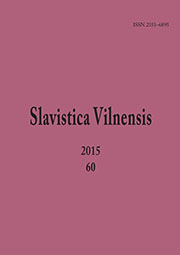
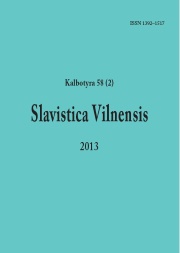
![Новая английская конструкция типа [N [N]] в славянских языках и причины ее отсутсвия в балтийских языках](/api/image/getissuecoverimage?id=picture_2011_28711.jpg)
